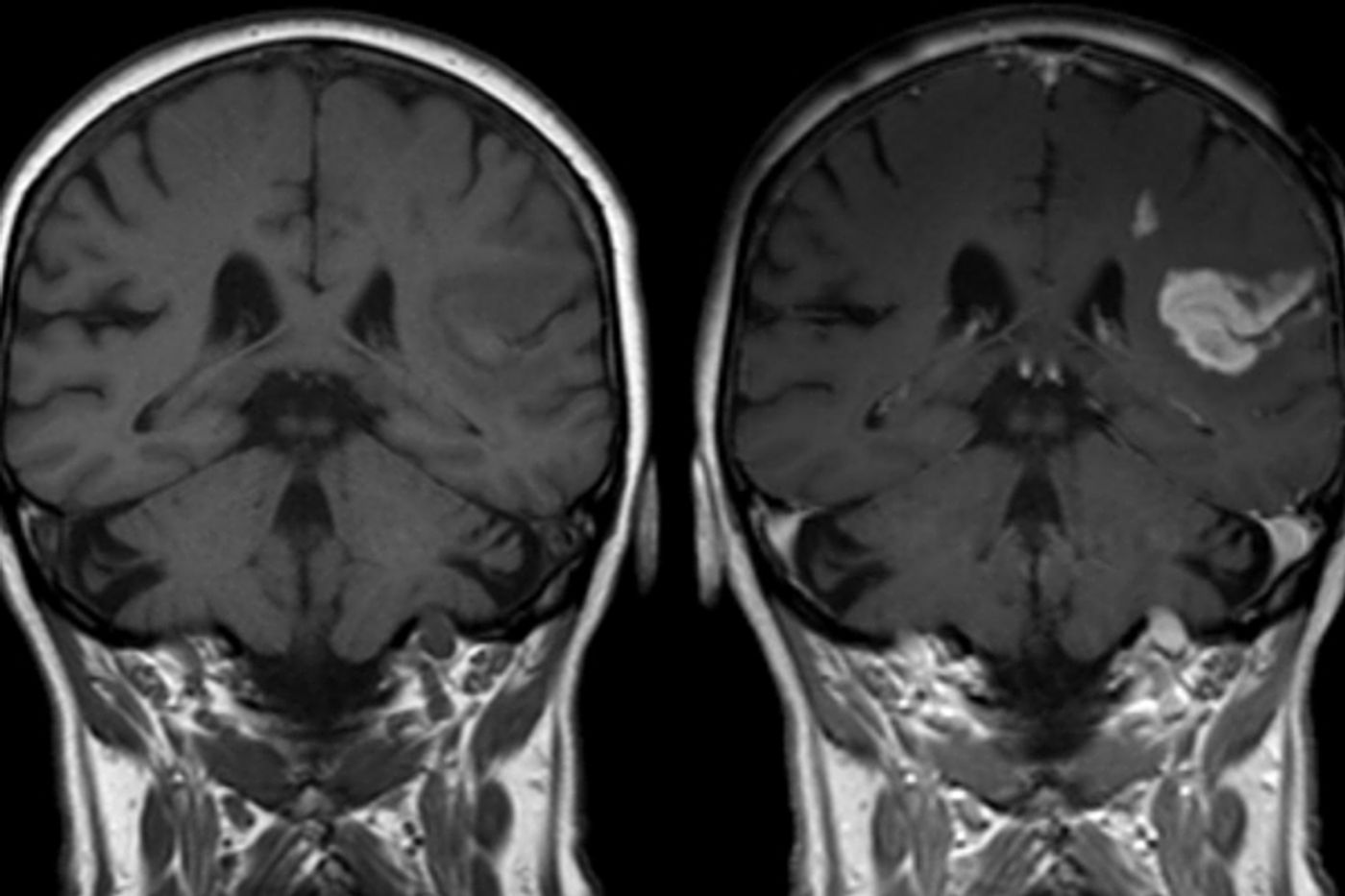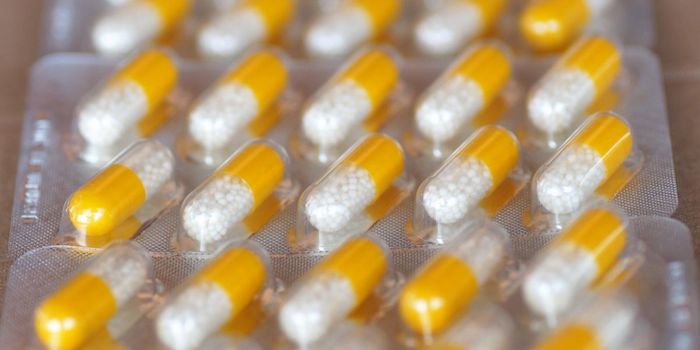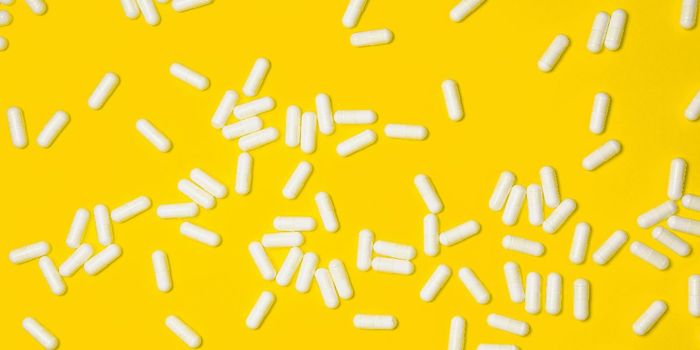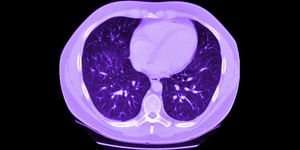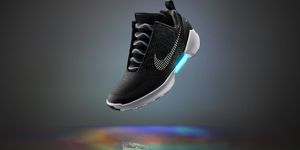The most common kind of stroke, an ischemic stroke, is caused by a blood clot which blocks the flow of oxygenated blood to the brain. Less common is a hemorrhagic stroke, which occurs when a blood vessel in the brain bursts, resulting in bleeding. Both will cause the death of precious brain cells.
In the UK, stroke is the third largest killer. 11% of deaths in the UK are attributable to stroke and 30% of people who have a stroke die within a month.
A new study from The University of Oxford could offer hope to stroke survivors. Using Trans-Cranial Direct Current Stimulation, or tDCS, the research team led by Heidi Johansen-Berg and Dr Charlotte Stagg from Oxford’s Nuffield Department of Clinical Neurosciences, monitored 24 patients who had all suffered a stroke within the past six months. One group received tDCS along with a vigorous rehab exercise and physical therapy regime. The control group received the exact same rehab program but only got “dummy” stimulation, with short bursts of harmless vibrating current passed along the scalp via an electrode cap that looked identical to the cap that was used for the tDCS.
The patients in the study were similar in that all of them had experienced strokes that had affected the motor function of their hand or arm.
In a press release about the study and its results lead author Johansen-Berg said, “The assessments before the training were used to establish a baseline score for motor skills. Further assessments could then be used to determine what improvement there was above that baseline. Three months after training, the group that had received tDCS had improved more on our clinical measures than those in the control group. This showed that the patients who had received tDCS were better able to use their hands and arms for movements such as lifting, reaching and grasping objects.”
In the same press release a study participant talked about the experience of being in the trial saying, “The training was exhausting - like being in the gym every day, but it was huge fun. Even after the first session I felt as if I could do more, even though I was knackered. That made me go back every day, and I found it easier and easier. [The stimulation] didn't hurt - more like a mild tingle or a static electric shock right on the top of my head. The worst part was that my head itched afterwards!”
The team also
evaluated the participants via MRI scans. In the areas of the brain that are responsible for movement, specifically the primary motor cortex in the frontal lobe, the group who received the tDCS protocol showed increased activity in this part of the brain. The patients who received only vibrations and no direct current did not show this kind of activity.
While tDCS has been controversial in neuroscience research and
a major study has shown that there is no evidence of cognitive effects the Oxford study included information on the placement of the anodes, or the positive electrodes in the group that received tDCS treatment.
According to iEEE Spectrum, placing the positively charged electrodes on the side of the head where the patient experienced the stroke was key to its effectiveness.
Check out the video below to learn more about this study and see how these early results might influence future research into stroke recovery.
